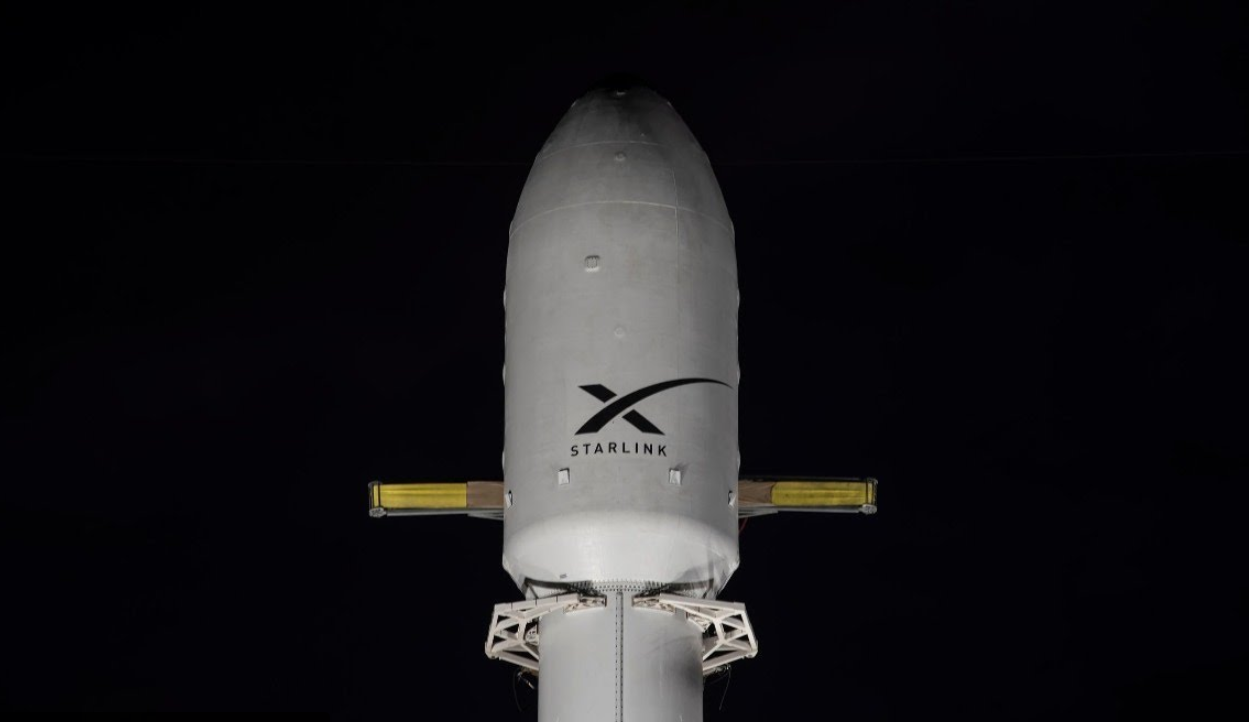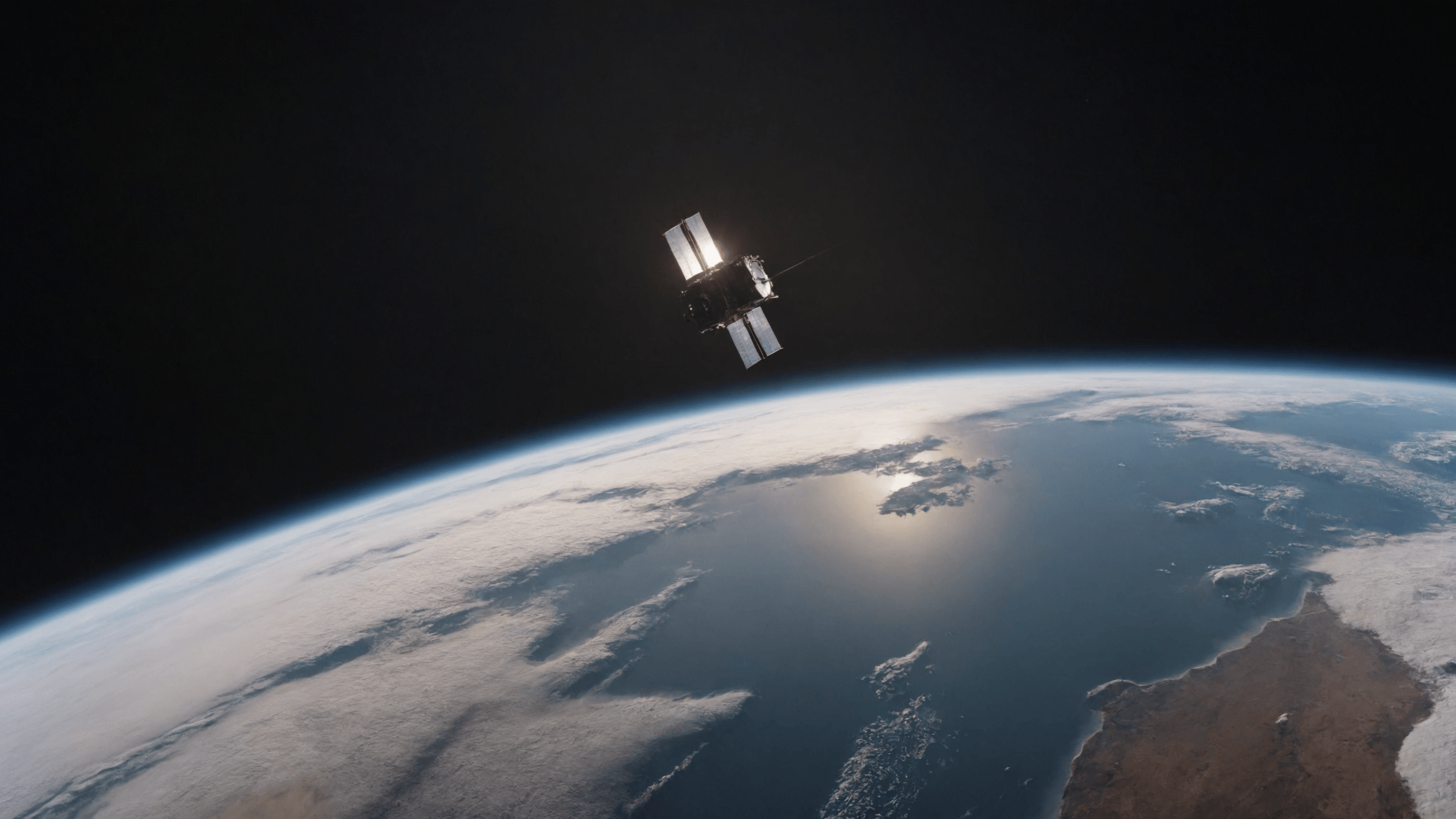· space brief · 5 min read
Space Brief 16 Oct 2024
In today's briefing: China accelerates its satellite megaconstellation. A comprehensive ESA-led optical data network is in the works, marking a key step in satellite communications. NASA's Artemis II crew visits Ohio in preparation for their lunar journey. SpaceX's record-breaking rocket launches continue. Plus, insights into nuclear rockets that could drastically shorten Mars missions.

📄Top Stories
China has successfully launched the second batch of satellites for its Thousand Sails megaconstellation, marking a significant step forward in their space ambitions. Meanwhile, the European Space Agency, along with Kepler Communications, is advancing towards a robust LEO optical data relay network. As NASA’s Artemis II crew prepares for their lunar mission with visits to critical facilities, SpaceX continues to lead the way with an all-time high of 100 rocket launches in 2024. In other news, advancements in nuclear propulsion could potentially halve the travel time to Mars.
📰Detailed Coverage
China’s Megaconstellation Takes Shape
China has launched 18 satellites, bolstering its Thousand Sails megaconstellation. This ambitious project consists of 14,000 planned satellites aimed at improving global internet coverage and advancing China’s space exploration capabilities. The recent launch utilized a Long March 6A rocket and signifies China’s intent to rapidly expand its orbital presence.
The success of this launch marks China’s continued investment in robust satellite infrastructures, demonstrating a keen focus on global connectivity and orbital dominance. Such large-scale deployments underscore the importance of tools for tracking and managing satellite traffic, highlighting our app’s capabilities in real-time tracking of active satellites.
Read the full story: SpaceNews
ESA Pioneers LEO Optical Data Relay
The European Space Agency (ESA) has chosen a Kepler-led consortium to develop a low Earth orbit (LEO) optical data relay network. This €36 million contract is part of ESA’s efforts to establish a cutting-edge communications backbone in space, capable of providing seamless data transfer between multiple satellites.
Optical communication networks can drastically enhance the speed and volume of data transmitted between Earth and satellites, paving the way for more sophisticated Earth observation and planetary missions. Our app allows users to monitor developments like these and assess their impact on space communications.
Read the full story: SpaceNews
Artemis II Crew Gears Up for Lunar Mission
The Artemis II crew, preparing to become the first astronauts to orbit the Moon since the Apollo era, has visited NASA’s Glenn Research Center. This visit is part of their extensive training and involvement in the development of the Orion spacecraft, which will facilitate their mission.
As the Artemis II mission skews closer to launch, the crew’s activities shed light on the collaborative efforts necessary in pioneering human space travel. Satellite tracking is crucial for mission planning and ensures real-time monitoring of vehicles like Orion as they journey beyond Earth orbit.
Read the full story: NASA
SpaceX Milestone: 100 Launches in 2024
SpaceX recently completed its 100th launch of the year, further cementing its role as the leading launch provider. The company deployed over 40 Starlink satellites across two separate launches, showcasing its prowess in rapid, consecutive deployments.
These achievements highlight SpaceX’s reliability and efficiency in satellite launches, underscoring why their services are pivotal to missions requiring extensive satellite constellations. Track all active Starlink satellites and more using our specialized application features for satellite management.
Read the full story: Space.com
Nuclear Rockets: Halving Mars Journey Times
NASA, in cooperation with DARPA, is advancing technology that could revolutionize space travel. Nuclear thermal propulsion (NTP) systems are being developed to significantly reduce transit times to Mars, by offering greater efficiency and power than traditional chemical rockets.
This development promises to enhance sustainability and reduce mission costs, featuring prominently in futuristic projections of interplanetary exploration. As propulsion technologies evolve, satellite tracking will be critical in charting new routes and ensuring mission success for extended space travel.
Read the full story: Space.com
🛰️Satellite Spotlight
- Satellite Name: GSAT 17
- NORAD ID: 42815
- Launch Date: June 28, 2017
- Mission: Hosts a payload for meteorological data relay and supports search and rescue efforts.
- Orbit: Inclination: 0.0737°, Period: 1436 minutes, Eccentricity: Minor variations
- Operator: Indian Space Research Organisation (ISRO)
- Fun Fact: GSAT 17 was launched to replace the aging INSAT 3A and extend ISRO’s capacity for meteorological services.
Current TLE Data:
1 42815U 17040B 24290.09632729 -.00000260 00000-0 00000+0 0 99995
2 42815 0.0737 81.3844 0006050 163.7909 268.1285 1.00272545 26762
Track this satellite in real-time on our web app: Track GSAT 17
🚀Upcoming Space Launches
October 17
- SpaceX Falcon 9:
- Starlink Group 8-19 from Cape Canaveral SFS, FL, USA (19:55 UTC) A batch of satellites for the Starlink mega-constellation - SpaceX’s project for space-based Internet communication system.
October 20
SpaceX Falcon 9:
- OneWeb 20 from Vandenberg SFB, CA, USA (05:09 UTC) A batch of 20 satellites for the OneWeb satellite constellation, which is intended to provide global Internet broadband service for individual consumers.
SpaceX Falcon 9:
- Starlink Group 6-61 from Cape Canaveral SFS, FL, USA (23:06 UTC) Another batch of satellites for the Starlink mega-constellation.
October 26
- Mitsubishi Heavy Industries H3-22:
- DSN 3 (Kirameki 3) from Tanegashima Space Center, Japan (06:44 UTC) A geostationary communications satellite for military communications by the Japanese military.
October 30
- SpaceX Falcon 9:
- Dragon CRS-2 SpX-31 from Kennedy Space Center, FL, USA (04:50 UTC) 31st commercial resupply services mission to the International Space Station operated by SpaceX under the second Commercial Resupply Services contract with NASA.
October 31
Galactic Energy Ceres-1:
- Unknown Payload from Jiuquan Satellite Launch Center, People’s Republic of China (00:00 UTC)
SpaceX Falcon 9:
- Sirius SXM-9 from Cape Canaveral SFS, FL, USA (00:00 UTC) SXM-9 is the 10th high-powered, digital, audio radio satellite built by Maxar for SiriusXM.
SpaceX Falcon 9:
- Starlink Group 11-2 from Vandenberg SFB, CA, USA (00:00 UTC) Yet another batch of satellites for the Starlink mega-constellation.
Firefly Aerospace Firefly Alpha:
- FLTA006 (Lockheed Martin Demo 1) from Vandenberg SFB, CA, USA (00:00 UTC) First of up to 25 launches of Low Earth Orbit technology demonstration satellites to be built and operated by Lockheed Martin.
Note: Launch dates and times are subject to change due to technical or weather considerations.





